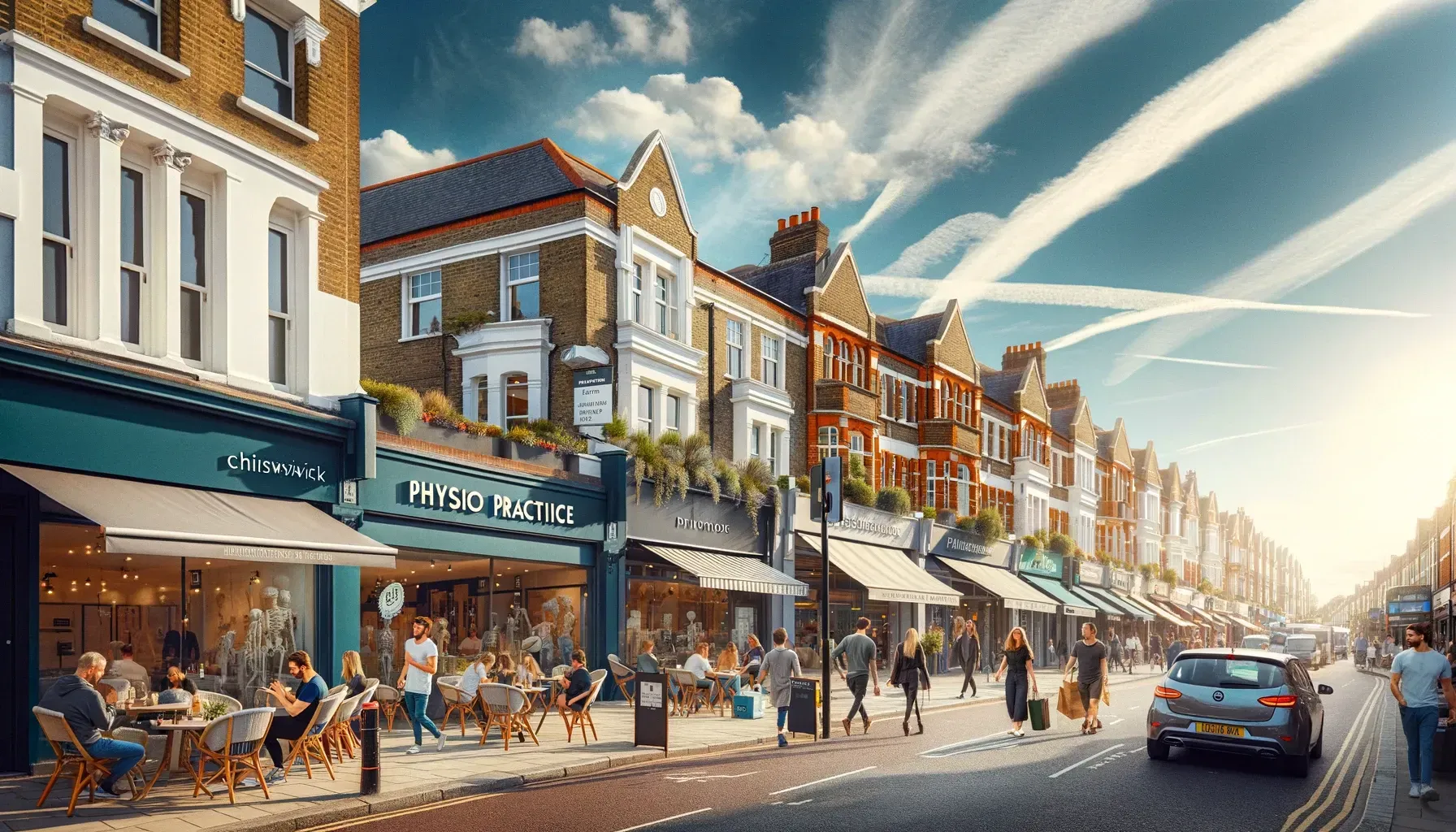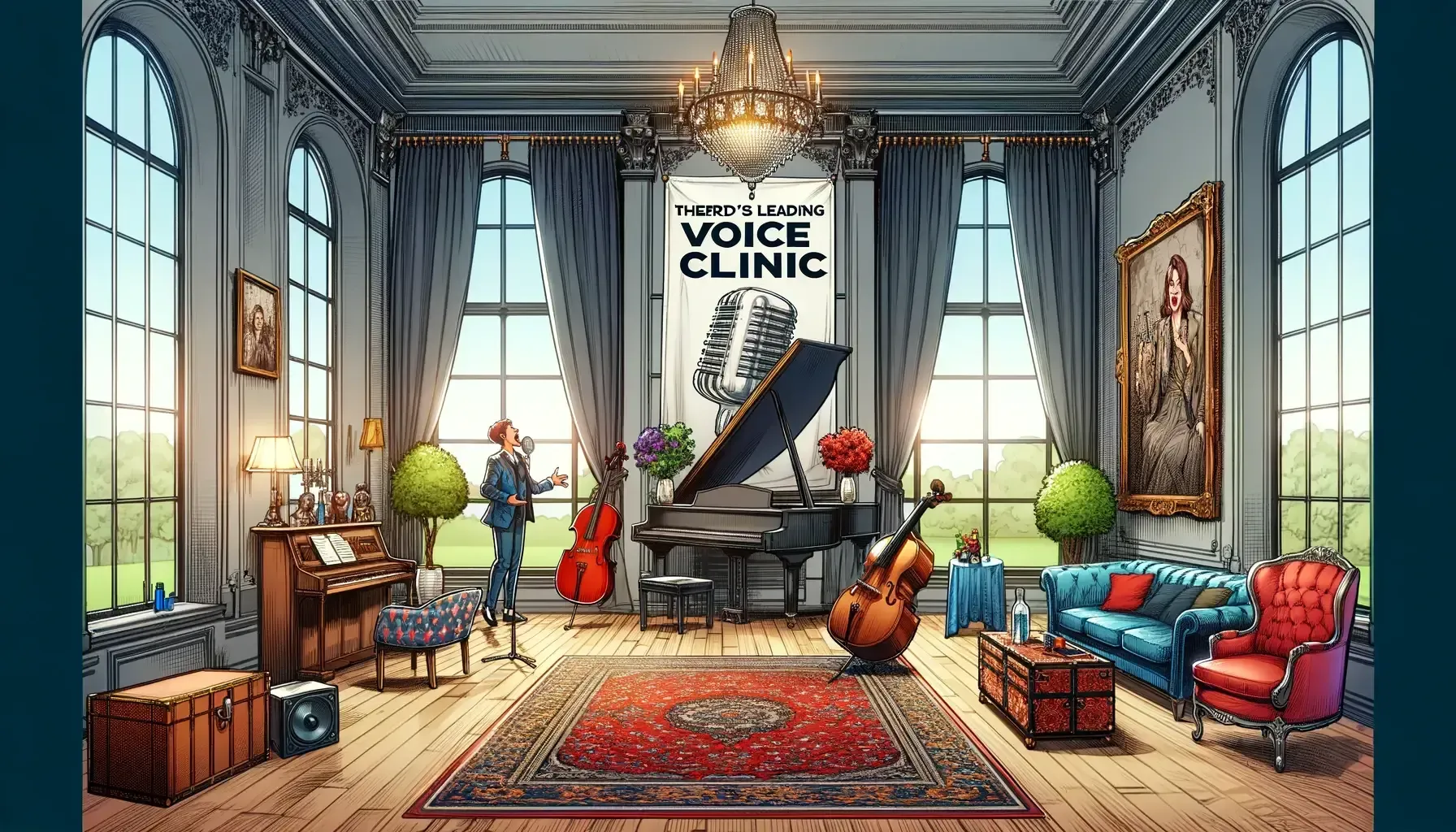Content writing guidelines for SMEs
A small business owner's content goal should always be to increase relevant traffic to their website to improve a website's authority and credibility. The more targeted pages you have on your website, you will get more traffic.
Content 101: every page a small business owner creates should target a single keyword.
What is a keyword?
A keyword is a word, or phrase users type into search engines to find what they're looking for.
A piece of content should be very specific to a given keyword. For example, if you were to target 'best electric cars', you'll need to ensure that the content of that page focuses on electric cars and relevant topics only. You would not want to list petrol, or hybrid vehicles, as that is different from what the user is looking for; therefore, it doesn't match their search intent.
How do you target a keyword effectively?
Search engines can read four primary elements of a webpage:
- Title tag
- URL
- Content of page
- Image alt text
Every element should be related to the keyword you are targeting. Therefore, search engines can clearly understand exactly what the page is about - there is no ambiguity.
For example:
- Title tag: The best electric cars of 2022
- URL: www.example.com/best-electric-cars
- Content of page: top 10 electric vehicles, electric car FAQs, electric car insurance, electric car buying advice, etc.
- Image alt text: 'electric car' variations such as 'Tesla model 3' or 'blue electric car'
Three primary elements mentioned above are simple to create for a webpage: title tag, URL and image alt text.
The area which will have the most impact on whether your page ranks well is the content of the page.
To create relevant content for a keyword, we need to go through a content research process.
Some key points to remember when creating a piece of content:
- The idea and keyword target will be 90% of your on-page SEO. Choosing the right keyword to target is essential.
- Once you have defined your keyword, the initial discovery process starts. What currently ranks in Google, and how can you make your content more valuable?
- Type in your keyword and start to inspect the top-ranking pages. They are ranking for a reason.
- Not only will research allow you to collect a giant, categorised list of references, but it will also pave the way for future articles and opportunities.
- Everyone creates content differently, but creating a plan or structure before you start writing can be a huge help.
- A common mistake is that the topic focus changes from the original idea. Remember, align everything to a single topic or keyword. Do not stray.
- You will always remain on track by ensuring your content answers the query!
What is the search intent?
- What is the searcher trying to accomplish?
- Are there multiple intents behind the query?
- Which ones are the most popular?
- What is the business goal of ranking?
- What do we want visitors to do?
The Keyword Discovery Process
Keyword research for topics is a continuous process of:
- Brainstorming - coming up with ideas and topics
- Collecting & Adding Data - keeping a list and adding metrics like search volume.
- Analysing & Prioritising - determining which ideas make the most sense to tackle.
Remember:
Blogs are 'informational' keywords to attract the right person to your site. While they may not convert immediately, this will drive your small businesses' awareness and contribute to SEO goals overall. For example, content may also attract links, improving your website's link profile.
The goal of this process is to come up with ideas and topics that allow you to acquire traffic via organic search. Remember that the written content, such as social media posts or emails, may also be helpful elsewhere. But, ensure that the content is only distributed in closed source channels to avoid cannibalisation.
Creating your content framework
There are three free tactics you can use to start creating an outline for your keyword focus:
- Google Suggest
- Inspect the top-ranking pages
- Answer The Public
Google Suggest
The most overlooked tactic in the keyword research process is Google Suggest. Google Suggest is a search engine function that provides the most relevant suggestions to users surrounding their search query.
It will show you the most relevant topics connected to your main query and ensure you supply a user with surrounding topics to their main query. Generally, the more relevant topics you provide, your page will be more valuable for the user.
Inspect the top-ranking pages.
The simplest tactic of them all. The top-ranking pages are there for a reason. Inspect each page and take the topics they share, plus the topics that may feature on individual pages. By providing the topics that feature, plus additional topics that may be missing from some pages, your page will look the most elaborate.
Added tip: If you want keyword research on steroids, as seen in the image above (the queries with search volume on the right), then download https://keywordseverywhere.com/ — highly recommended.
Answer The Public
The tactic that will have the most impact. Recently acquired by UberSuggest, AnswerThePublic listens into autocomplete data from search engines and then quickly cranks out every useful phrase and question people ask.
This tactic will build on your main topics and add more granular sub-topics and questions users may ask around your primary keyword. This can help with additional on-page features, like frequently asked questions or allow you to target featured snippets.
How should your content framework look now?
With the above tactics, your content frameworks should start to look a little like this:
What does an ideal web page look like?
An ideal web page should do all of the following:
- Be hyper-relevant to a specific topic (usually a product or single object)
- Include the keyword in the title tag
- Include the keyword in URL
- Include the keyword in the image alt text
- Specify keyword several times throughout the text content
- Provide unique content about a given subject
- Link back to its category page
- Link back to its subcategory page (If applicable)
- Link back to its homepage (normally accomplished with an image link showing the website logo on the top left of a page)












